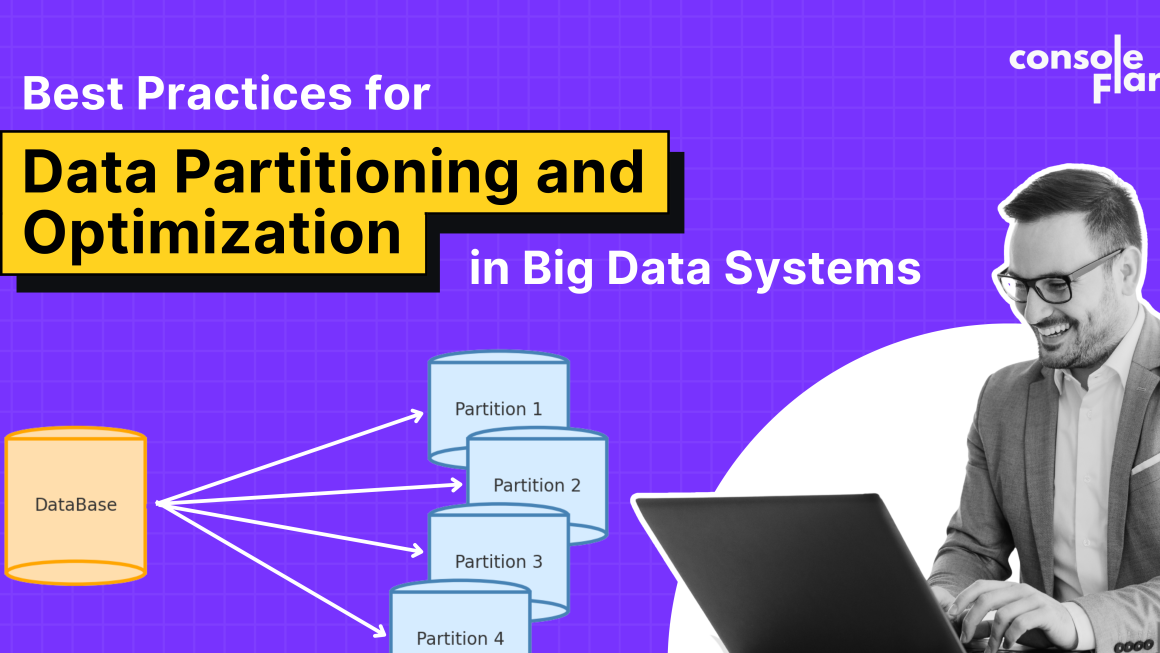When it comes to writing efficient SQL queries for data analysis, one feature that often sets professionals apart is their command over window functions. If you’ve ever faced challenges calculating running totals, rankings or comparing rows within a group.
This blog will help you master window functions in SQL with clear explanations and real-world examples. No jargon. No fluff. Just practical SQL that clicks.

What Are Window Functions in SQL?
Window functions perform calculations across a set of table rows that are somehow related to the current row. Unlike aggregate functions like SUM() or AVG(), which return a single result for a group, window functions preserve the number of rows and let you perform calculations without collapsing your data.
In short, you can do “group-level math” while still seeing your individual data points.
The Syntax: Simple but Powerful
Here’s the basic structure of a window function:
FUNCTION_NAME (column)
OVER (
PARTITION BY column_to_group
ORDER BY column_to_sort
)
Let’s break it down with examples.
1. ROW_NUMBER(): Give Each Row a Unique Rank
Use Case: You want to assign a unique row number to each record within a group.
Example:
SELECT
employee_id,
department,
salary,
ROW_NUMBER() OVER (PARTITION BY department ORDER BY salary DESC) AS dept_rank
FROM
employees;
What it does: For each department, it ranks employees based on their salary (highest first). Unlike RANK() or DENSE_RANK(), ROW_NUMBER() gives each row a unique number without gaps.
2. RANK() and DENSE_RANK(): Handling Ties
Use Case: You want to rank items, but also manage duplicates properly.
Example using RANK():
SELECT
product_id,
category,
sales,
RANK() OVER (PARTITION BY category ORDER BY sales DESC) AS sales_rank
FROM
products;
What it does: Products with equal sales get the same rank but the next rank skips numbers (e.g 1, 2, 2, 4…).
3. Now using DENSE_RANK():
SELECT
product_id,
category,
sales,
DENSE_RANK() OVER (PARTITION BY category ORDER BY sales DESC) AS sales_rank
FROM
products;
What it does: Similar to RANK(), but no gaps in the ranking numbers (e.g 1, 2, 2, 3…).
4. SUM(): Running Total with Window Functions
Use Case: Track cumulative sales over time.
Example:
SELECT
order_id,
customer_id,
order_date,
amount,
SUM(amount) OVER (PARTITION BY customer_id ORDER BY order_date) AS running_total
FROM
orders;
What it does: Calculates a running total for each customer based on order dates.
5. LAG() and LEAD(): Peek at Previous and Next Rows
Use Case: Compare a row with the previous or next row.
Example using LAG():
SELECT
employee_id,
salary,
LAG(salary) OVER (ORDER BY employee_id) AS previous_salary
FROM
employees;
What it does: For each employee, shows what the salary of the previous employee was.
Example using LEAD():
SELECT
employee_id,
salary,
LEAD(salary) OVER (ORDER BY employee_id) AS next_salary
FROM
employees;
What it does: Shows the next employee’s salary. Perfect for trends and movement analysis.
6. NTILE(): Divide Data into Buckets
Use Case: Segment users or products into percentiles or quartiles.
Example:
SELECT
customer_id,
total_spent,
NTILE(4) OVER (ORDER BY total_spent DESC) AS spending_quartile
FROM
customers;
What it does: Splits your data into 4 equal parts (quartiles). Great for building customer segments.
Why Use Window Functions?
- Because they let you analyze data without losing details.
● No need for subqueries
● Keep all your rows intact
● Flexible and powerful for advanced reporting
● Perfect for data analysts and BI developers
Real-World Applications
- Financial Reporting: Running totals, period-over-period comparison
- HR Dashboards: Employee tenure comparison, salary progression
- Sales Analysis: Top-selling products per region
- Customer Segmentation: High, mid and low spenders
- Product Analytics: Performance shifts over time
Once you master window functions, your SQL game will reach another level not just technically but strategically.
Final Thoughts
Mastering SQL isn’t just about learning syntax. It’s about thinking like a data professional. Window functions open up a world of possibilities that go beyond basic queries allowing you to work with dynamic, layered and insightful data.
At ConsoleFlare, we don’t just teach SQL. We teach how to think in SQL. Our industry-led training focuses on real use cases, powerful techniques like window functions, and hands-on projects so you’re ready to tackle interviews, dashboards and business problems like a pro.
If you’re serious about building a career in data science, it’s time to move from SELECT * to selecting smarter.





